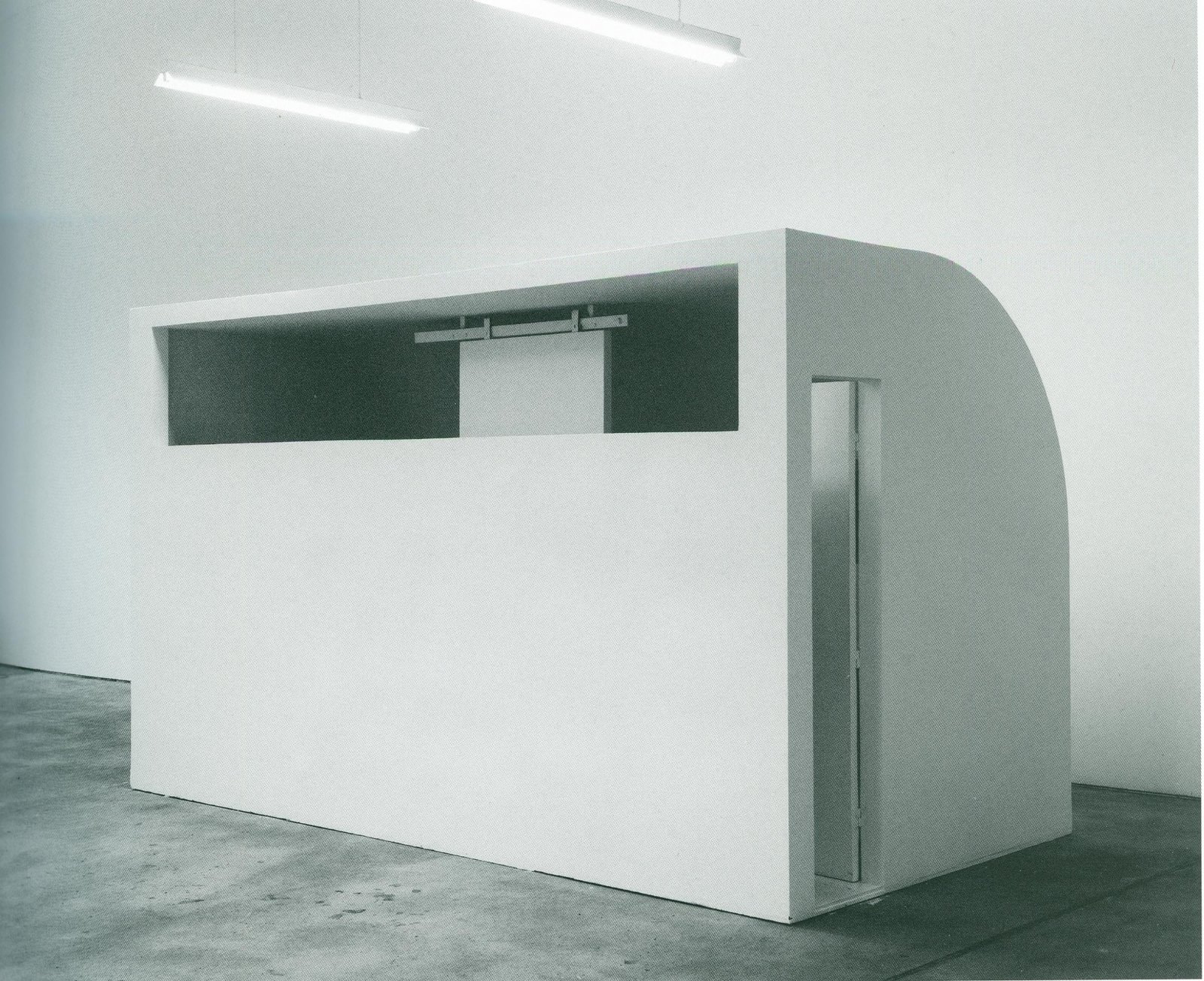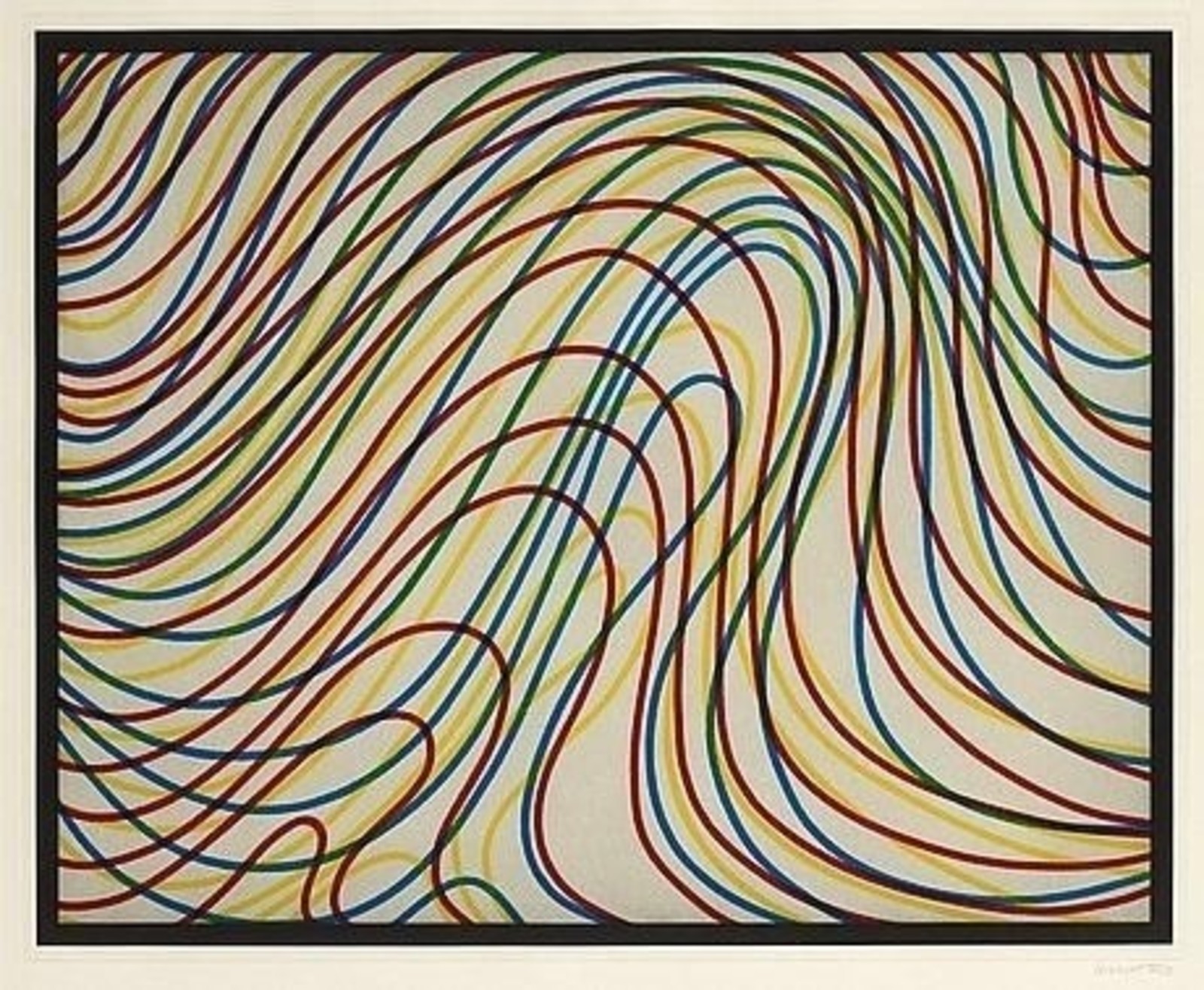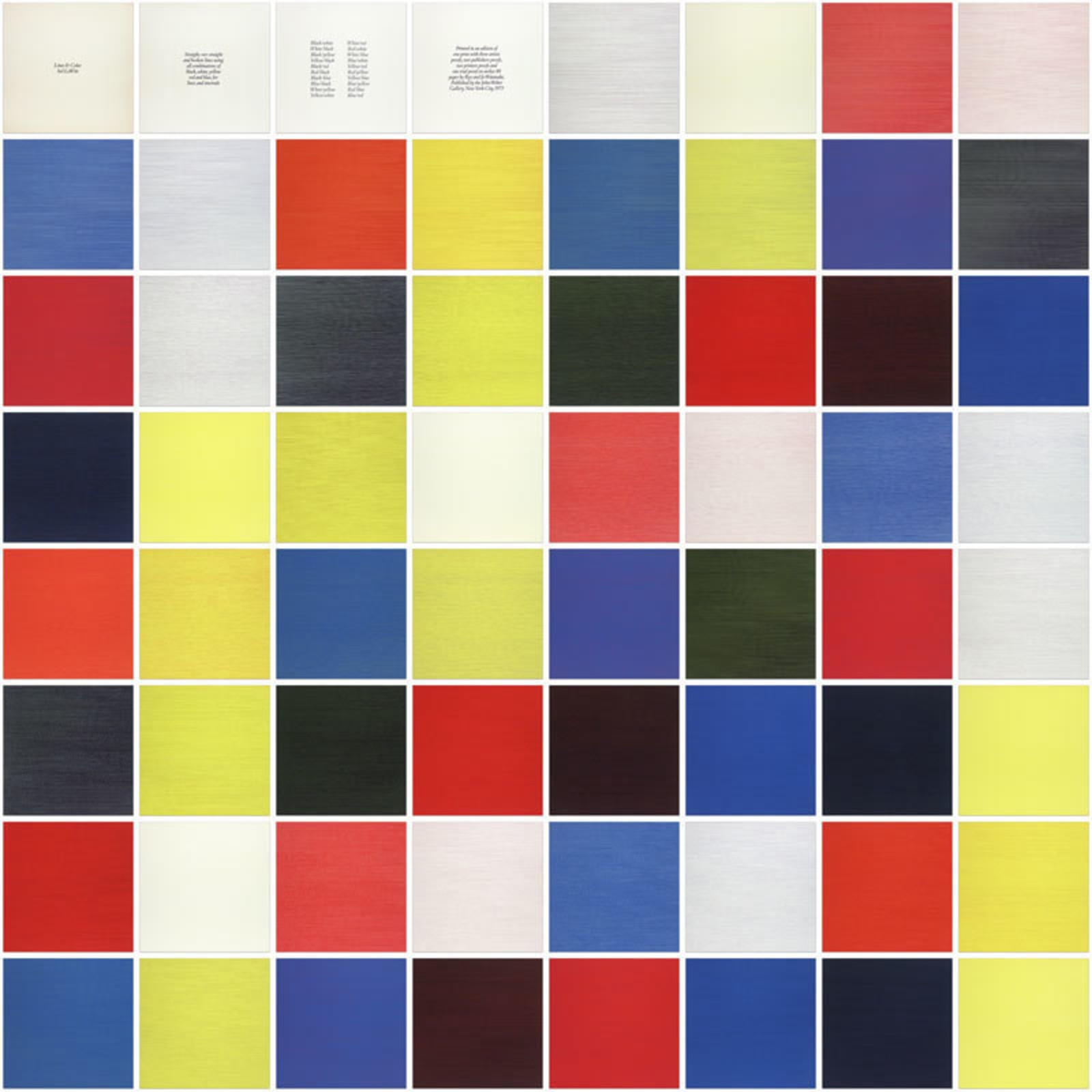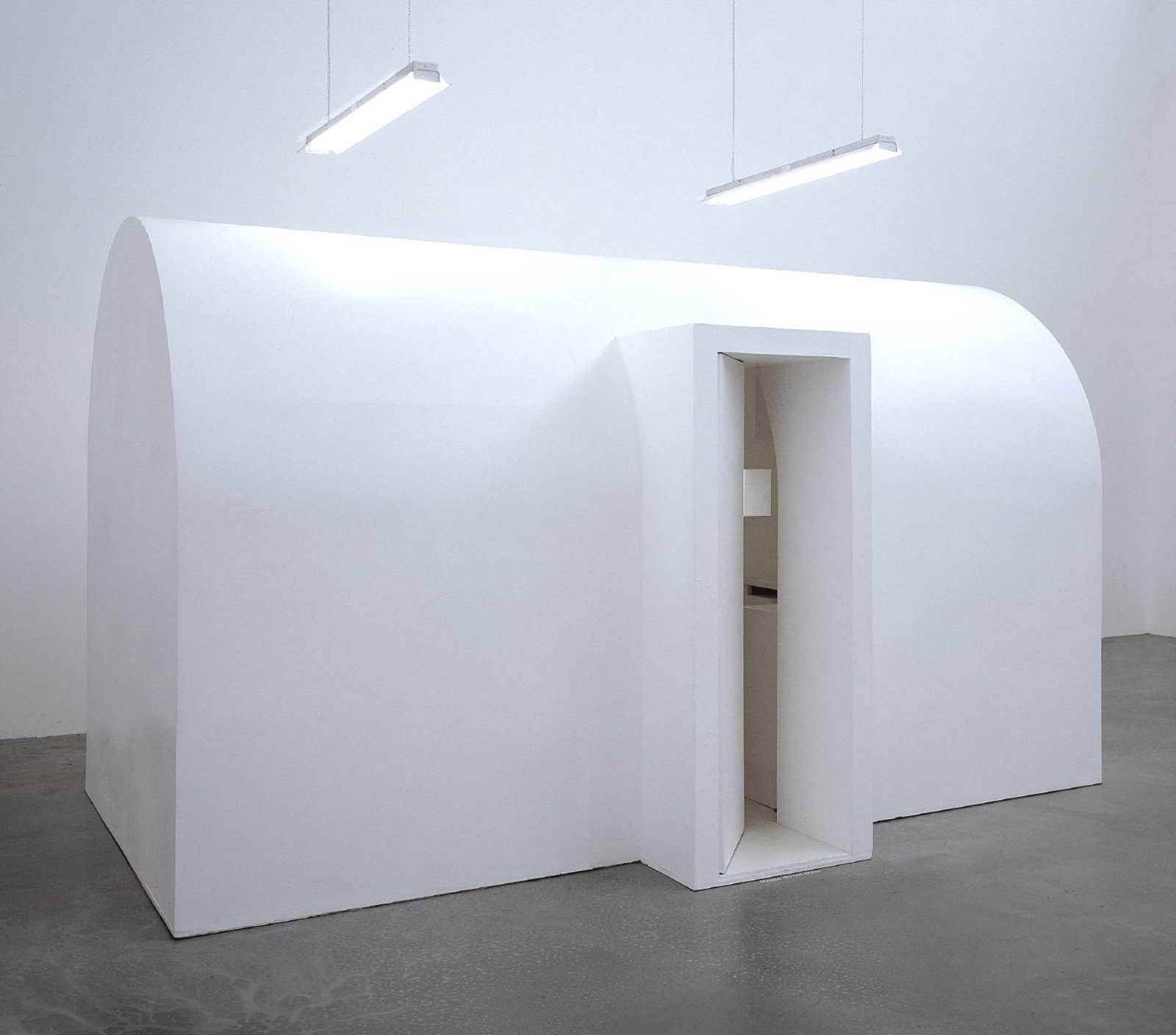Irina Kulik
Lecture 2
March 4, 7:30 PM. Sol LeWitt – Absalon
One of the key figures of Minimalism and Conceptualism, American artist Sol LeWitt (1928 - 2007) was the son of Jewish immigrants from Russia and was influenced by the Russian avant-garde. He called the cube his "basic unit," which he multiplied into grids and colored geometric shapes to create his “structures,” works on paper, and wall drawings. The latter are often executed by people other than himself according to his instructions, and continue to be made after his death.
Israeli artist Absalon (1964–1993) moved to France in the late 1980s, where he achieved recognition for his architectural sculptures. These minimalist, almost sterile structures made of white-painted wood are architectural models of ideal living spaces. Conceived to function as living-pods for the artist as he traveled, they were designed to fit his body and his mental space and can be viewed as a reduction of the utopian aims of early modern architecture to the level of individual subjectivity.
Images:
1. Sol LeWitt
Wavy Lines with Black Border. 1997
Engraving, 41.3 x 51.1 cm
2. Sol LeWitt.
Lines and Color. 1975
Composition of silk rags, 50.8 x 50.8 cm
3. Absalon
Cell No. 1. 1992
Wood, cardboard, fabric, fluorescent light. 24.5 x 42 x 22 cm
Tate, London
4. Absalon
Cell No. 4 Prototype Tel Aviv. 1992
Wood, cardboard, white emulsion paint, fabric, neon tubes
Museum of Contemporary Art, Marseille




